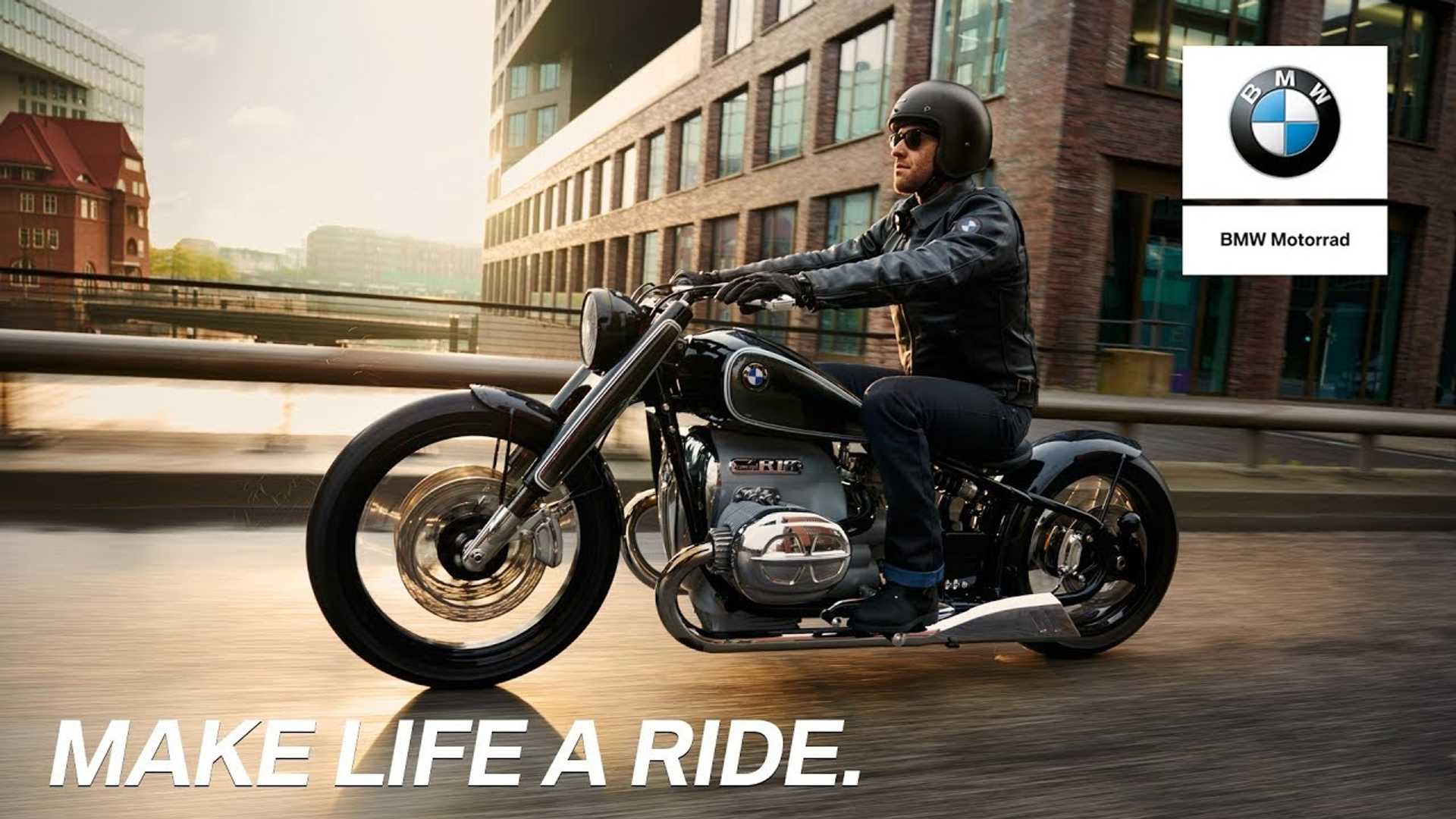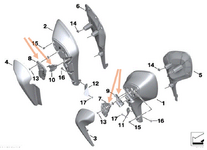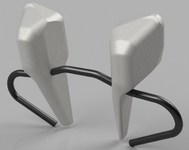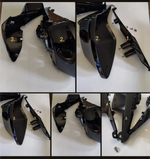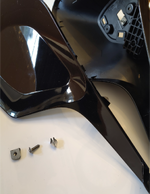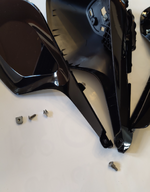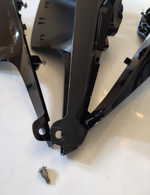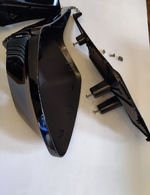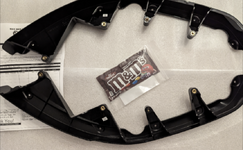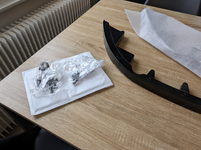Deuillevent
New member
Hey Guys
I am currently thinking about designing some "wind deflectors" to fit on a R18 Roctane, inspired by TC wind deflector design.
I saw official references for these TC left and right wind deflector parts.
I was pleasantly surprised to discover this was not a single part deflector but at least three main parts on each side of the TC (plus small nuts and bolts for assembly).
So... this can be 3D printed then assembled.
Even using a rather "small" 3D printer, parts up to 25cm can be printed.
To have a sturdy/tougher final larger part, assembly has to be carefully designed so that when assembled (here come nuts and bolts) the final part will not be shaky.
Obviously it will be necessary to make several prototypes.
Regarding impact and heat resistant, usual 3D printing material cannot be used (except for prototypes).
Final parts will be printed using a Nylon+carbon fiber compound.
This compound can sustain higher temperature (150°c). Price is around 70$ for 1kg spool. Maybe up to 2 spools to print everything.
I see BMW parts are in ABS which might have a lower heat resistance.
But they are not printed.
Final painting by local body shop will still be necessary to have a nicer pro finish (estimated around 300$).
In another thread, I've read comments regarding the official BMW wind deflectors for TC. Some people commented that parts could have benefit for improvements: small space storage, speakers, hidden storage (nice place to hide an Apple tag), even fans, etc... Could be interesting, maybe in a "v2" révision.
Currently a RoadStyle crash bar will be used as a basis to "attach" these parts.
Progress will be posted there.
Ideas... suggestions... warnings... are welcomed.
I am currently thinking about designing some "wind deflectors" to fit on a R18 Roctane, inspired by TC wind deflector design.
I saw official references for these TC left and right wind deflector parts.
I was pleasantly surprised to discover this was not a single part deflector but at least three main parts on each side of the TC (plus small nuts and bolts for assembly).
So... this can be 3D printed then assembled.
Even using a rather "small" 3D printer, parts up to 25cm can be printed.
To have a sturdy/tougher final larger part, assembly has to be carefully designed so that when assembled (here come nuts and bolts) the final part will not be shaky.
Obviously it will be necessary to make several prototypes.
Regarding impact and heat resistant, usual 3D printing material cannot be used (except for prototypes).
Final parts will be printed using a Nylon+carbon fiber compound.
This compound can sustain higher temperature (150°c). Price is around 70$ for 1kg spool. Maybe up to 2 spools to print everything.
I see BMW parts are in ABS which might have a lower heat resistance.
But they are not printed.
Final painting by local body shop will still be necessary to have a nicer pro finish (estimated around 300$).
In another thread, I've read comments regarding the official BMW wind deflectors for TC. Some people commented that parts could have benefit for improvements: small space storage, speakers, hidden storage (nice place to hide an Apple tag), even fans, etc... Could be interesting, maybe in a "v2" révision.
Currently a RoadStyle crash bar will be used as a basis to "attach" these parts.
Progress will be posted there.
Ideas... suggestions... warnings... are welcomed.
Last edited:
